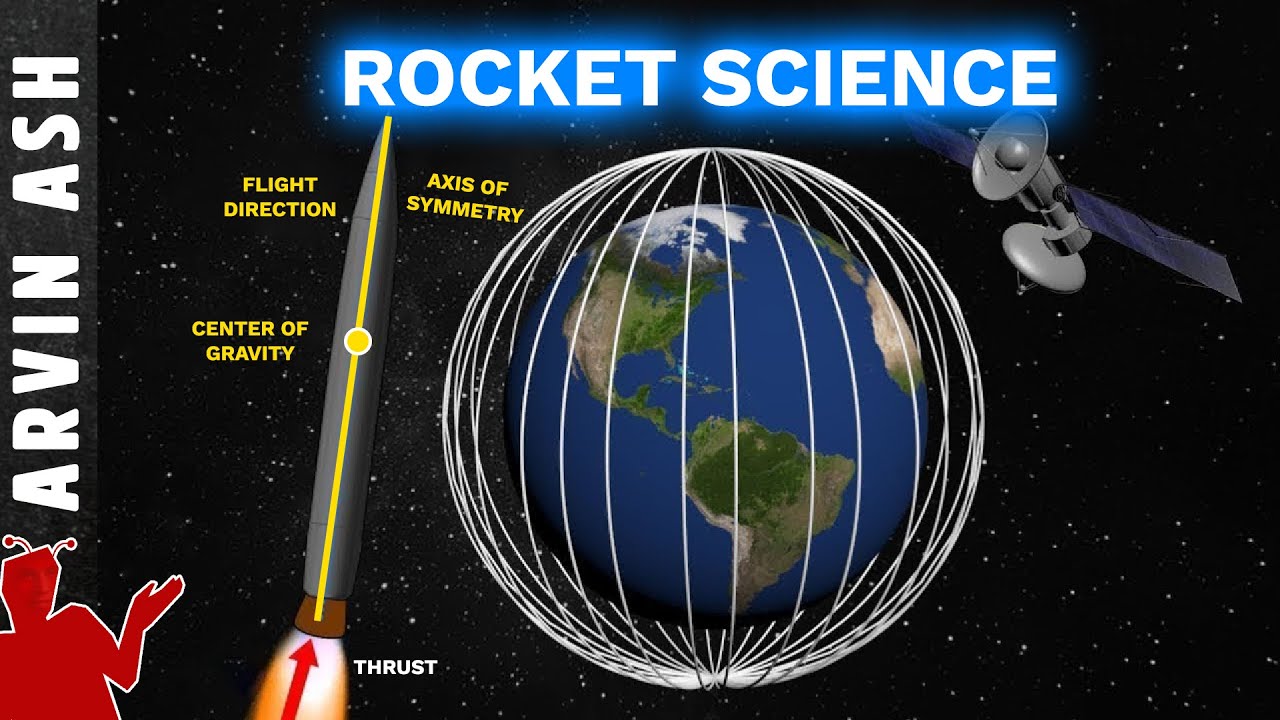How does Satellite Television work? | ICT #11
Summary
TLDRThis video explains how satellite television works and the business behind it. It covers key concepts such as geostationary orbits, transponders, and the differences between Ku Band and C Band frequencies. The video walks through the process of how TV channels like CNN broadcast their content, how DBS providers manage and transmit the signals, and why satellite TV doesn't buffer like internet videos. Lastly, it discusses signal delays in live broadcasts and highlights how satellites contribute to TV broadcasting and GPS functionality.
Takeaways
- 📡 Satellites have transformed the way we live, especially in communication and broadcasting.
- 🛰 Satellite TV works by keeping the satellite in a geostationary orbit, meaning it moves at the same speed as Earth's rotation.
- 🔋 Satellites use solar panels for energy, but also rely on batteries when not facing the sun.
- 🚀 Thrusters on satellites help maintain their orientation and position due to gravitational irregularities.
- 📶 The transponder in satellites is crucial for receiving, amplifying, and retransmitting signals at different frequencies.
- 📡 Ku Band frequencies are used for satellite TV, allowing smaller antennas, but are affected by rain.
- 📺 Channels like CNN send their content to geostationary satellites, where DBS providers can access them via business agreements.
- 📊 DBS providers collect signals from multiple channels, compress, encrypt, and transmit them to their rented transponders.
- 🛰 End users aim their dish antennas at the DBS provider's satellite, and the signals are decrypted using set-top boxes.
- ⏱ Satellite TV has a slight delay due to the long distance signals must travel, but avoids buffering issues common with internet streaming.
Q & A
What is the primary requirement for a satellite to work for TV broadcasting?
-The satellite must rotate at the same speed as the Earth to maintain a fixed position relative to the viewer's house. This requires the satellite to be in a geostationary orbit, taking 24 hours to complete one rotation around the Earth.
What is a geostationary orbit, and why is it important for satellite TV?
-A geostationary orbit is an orbit where the satellite moves at the same rotational speed as the Earth, remaining stationary relative to a point on the Earth's surface. This allows the satellite to provide consistent TV signals to fixed antennas on the ground.
What is the role of a transponder in satellite communication?
-The transponder receives signals from the base station at one frequency, amplifies them, removes noise, and transmits them back to Earth at a different frequency. It is critical for maintaining signal quality during satellite TV broadcasting.
Why is the uplink frequency always higher than the downlink frequency in satellite TV?
-The uplink frequency is higher because it minimizes interference with the downlink signal, ensuring clear communication between the base station and the satellite, as well as between the satellite and TV receivers.
How do TV channels like CNN broadcast their signals to satellite TV providers?
-TV channels like CNN beam their signal to a rented transponder on a geostationary satellite. The DBS providers then access the signal after a business agreement and further process it to make it available to users.
Why do different DBS providers have different dish antenna angles, even if they are in the same location?
-Different DBS providers may use different satellites to transmit their signals. Since each satellite is positioned in a unique location in the geostationary orbit, the dish antenna needs to be angled accordingly.
What causes the delay in live events broadcasted via satellite TV?
-The delay in live events is due to the long distance the signal must travel, first from the broadcast center to the satellite and then to the end user. This travel time, even at the speed of light, results in a delay of about 0.5 seconds.
Why is there no buffering on satellite TV broadcasts compared to internet videos?
-Satellite TV broadcasts only offer a limited number of channels, and users select from a small set of streams. In contrast, the internet handles a much larger volume of traffic with millions of videos, which can lead to traffic congestion and buffering.
What is the main difference between the Ku Band and C Band signals used in satellite TV?
-Ku Band signals, commonly used today, have higher power and allow for smaller receiver antennas but are more affected by rain. C Band signals used in the past had lower energy and required larger antennas but were less affected by weather.
What is the function of thrusters on a satellite?
-Thrusters on a satellite produce small amounts of force to correct its orientation and position, compensating for irregularities in the Earth's gravitational field and influences from the Moon and the Sun.
Outlines

このセクションは有料ユーザー限定です。 アクセスするには、アップグレードをお願いします。
今すぐアップグレードMindmap

このセクションは有料ユーザー限定です。 アクセスするには、アップグレードをお願いします。
今すぐアップグレードKeywords

このセクションは有料ユーザー限定です。 アクセスするには、アップグレードをお願いします。
今すぐアップグレードHighlights

このセクションは有料ユーザー限定です。 アクセスするには、アップグレードをお願いします。
今すぐアップグレードTranscripts

このセクションは有料ユーザー限定です。 アクセスするには、アップグレードをお願いします。
今すぐアップグレード5.0 / 5 (0 votes)






